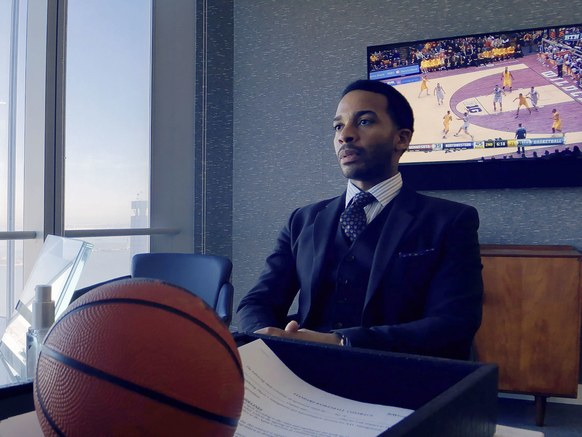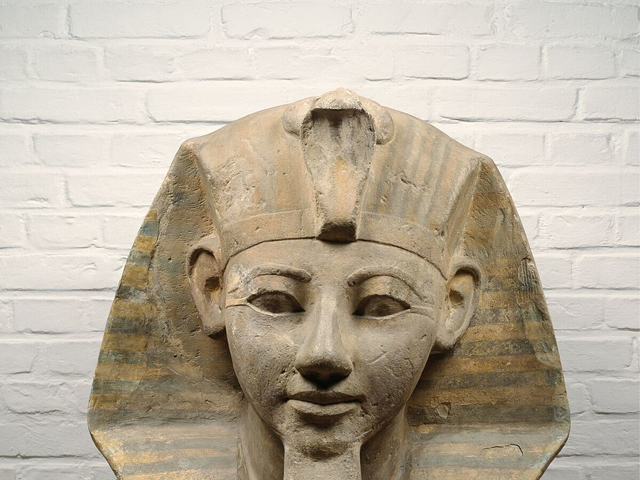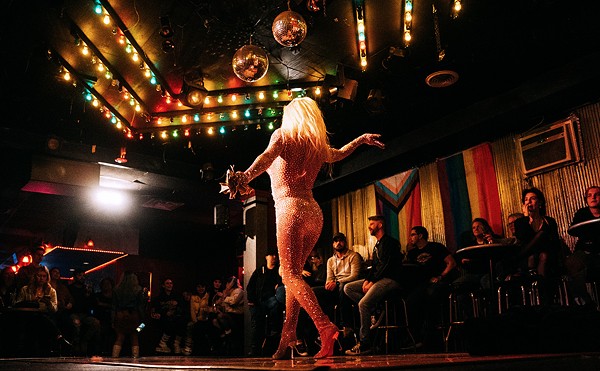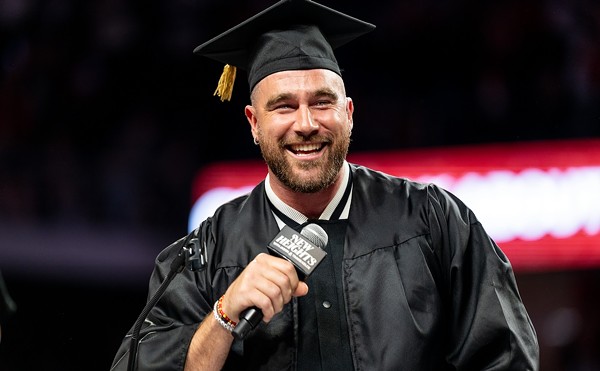In January of 1989, Sex, Lies, and Videotape debuted at the Sundance Film Festival. It was the first narrative feature from Steven Soderbergh and is a seminal moment in both the history of Sundance and modern film lore. But at the time, Soderbergh just seemed like a guy with his head down watching for the next story to tell.
At first, he stuck to the indie world with Kafka and King of the Hill, but eventually he veered to a larger audience. For instance, his 1995 neo-noir adaptation of a Don Tracy novel, The Underneath, attempted to bridge classic noir with contemporary sensibilities without pandering to the slam-bam talky violence of Quentin Tarantino’s trendy spin.
Soderbergh found a mainstream groove with Out of Sight, another adaptation (this time of Elmore Leonard), by partnering with A-list talent. George Clooney became the accessible face of Soderbergh’s transition. The dynamic duo would work together on a string of unlikely projects: a remake of the Rat Pack throwaway Ocean’s Eleven (and its two sequels), a remarkably concise distillation of Andrei Tarkovsky’s sci-fi mind-bender Solaris and the World War II thriller The Good German. In some ways, this was Soderbergh creating a template.
The payoff came during a stretch run with the one-two punch of Traffic and Erin Brockovich, a pair of films with high-caliber talent (Michael Douglas and eventual Best Supporting Actor winner Benicio Del Toro in the former film and Best Actress winner Julia Roberts in the latter). Soderbergh earned Best Director nominations for both films; he ended up winning for Erin Brockovich.
Through assuming the pseudonyms Peter Andrews and Sam Lowry, he teased film critics and fans alike. As if his talents were a secret, this move allowed him to take on multiple roles in his films, including cinematography and writing, respectively. Soderbergh exhibited a restless streak; as he bounced between tasks on films, it never felt like grand conceit. Rather, it was more of a personal challenge to keep himself engaged in the craft.
Which is why it wasn’t terribly surprising when he announced his retirement from filmmaking in 2013. And then, a year later, got back behind camera on the premium cable series The Knick, which would be followed by work on Mosaic, another series, in 2017. The same year, he helmed the down-home caper Logan Lucky.
The man’s a game changer, a revolutionary.
Soderbergh’s latest, High Flying Bird, finds him once again utilizing an iPhone as the primary camera lens. (His first to use the tactic was 2018’s Unsane, which he shot in two weeks.) Using an iPhone 8 equipped with a wide-angle lens made by Moondog Labs, he’s figured out how to make smartphone footage look like the perfect tool for storytelling. And by partnering with streaming giant Netflix, Soderbergh is operating outside the traditional film distribution system to his own benefit.
The film follows a sports agent, Ray (André Holland), who is looking to subvert the system during an NBA lockout that puts players and owners at an impasse. The film takes on an autobiographical element for Soderbergh, asking: Should players exert more control over themselves as commodities versus working at the behest of owners? Substitute directors or actors for the athletes and studios for team owners and you can see where this is going, right? The script, from Academy Award winner Tarell Alvin McCraney (Moonlight), speaks to how ownership has layered a financial game on top of the games players engage in on the court, which is all about the capitalistic bottom line.
We’ve seen this kind of brinkmanship in other areas. In 1993, Prince offered himself up as an example by sculpting the word “slave” into his beard and demanding the right to control the master copies of his music library. He faced scorn from record labels and harsh criticism from the media, but other artists paid attention and soon starting negotiating all kinds of deals for themselves. Prince even went into his own form of “retirement,” reducing his commercial output in the traditional system, but finding new ways to get music out to his fans.
Is this what Soderbergh has been practicing? His own version of the Prince retreat? If so, he’s showing us how retirement might actually be a creative second coming. Hallelujah!






